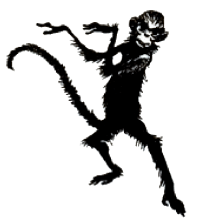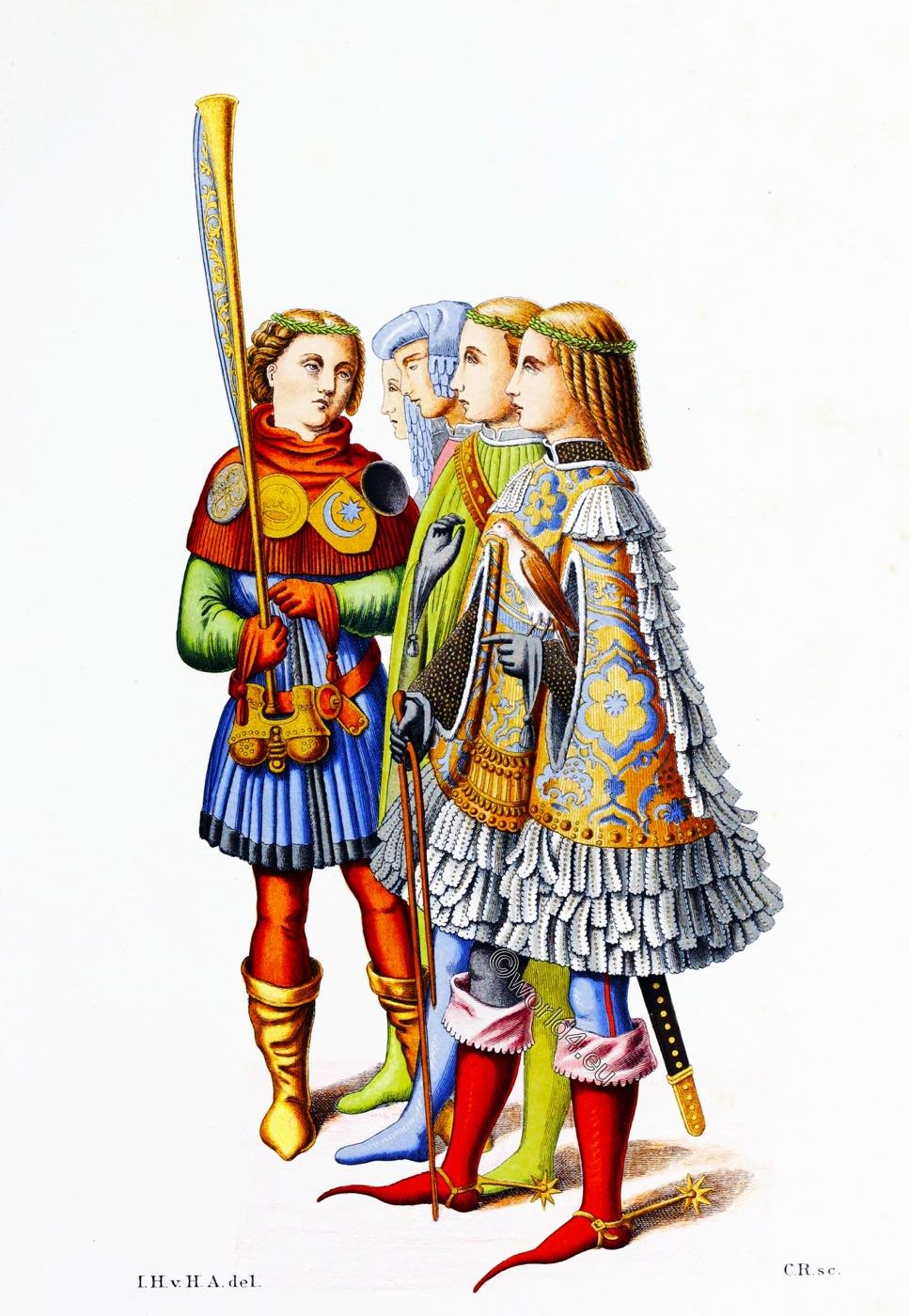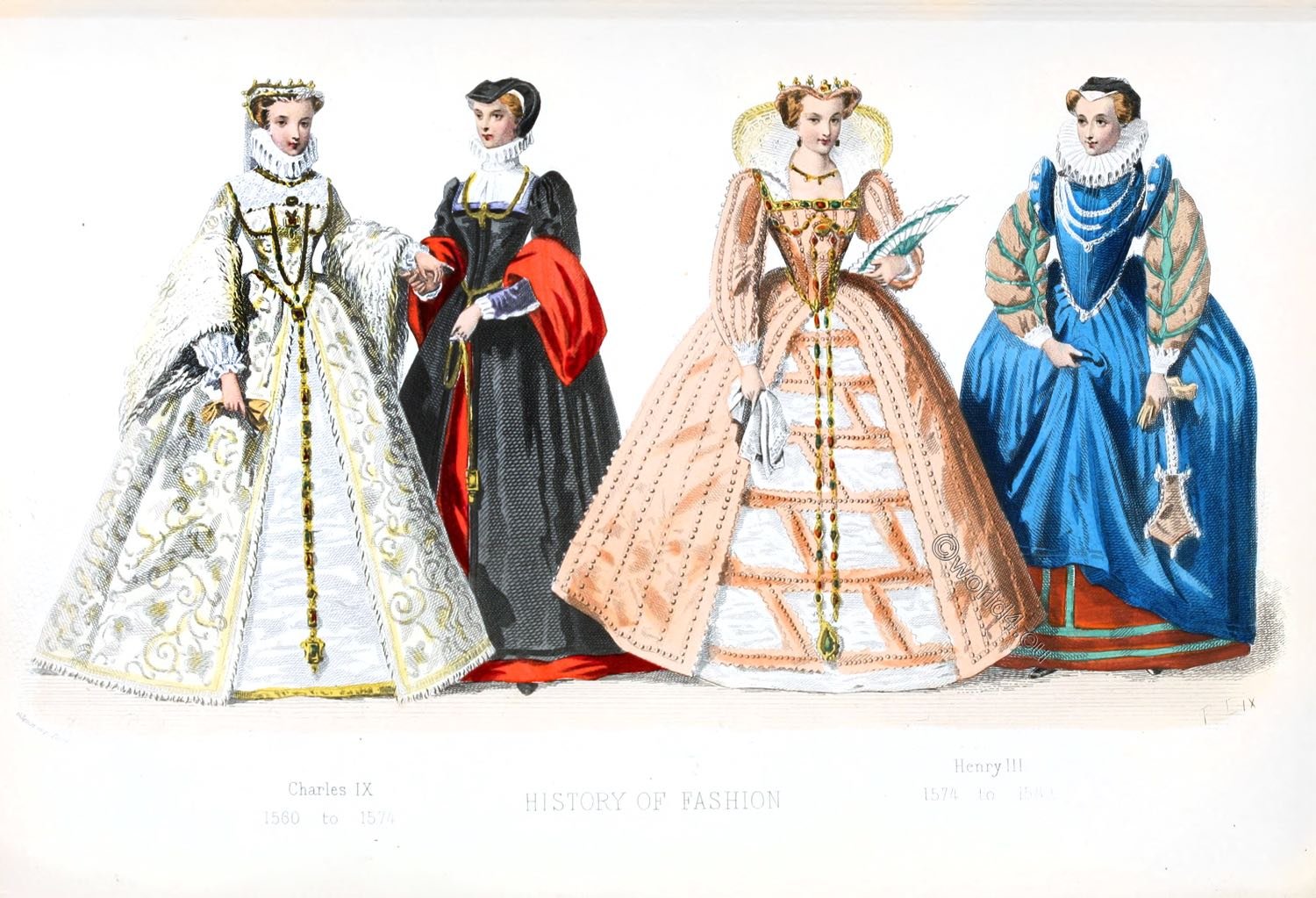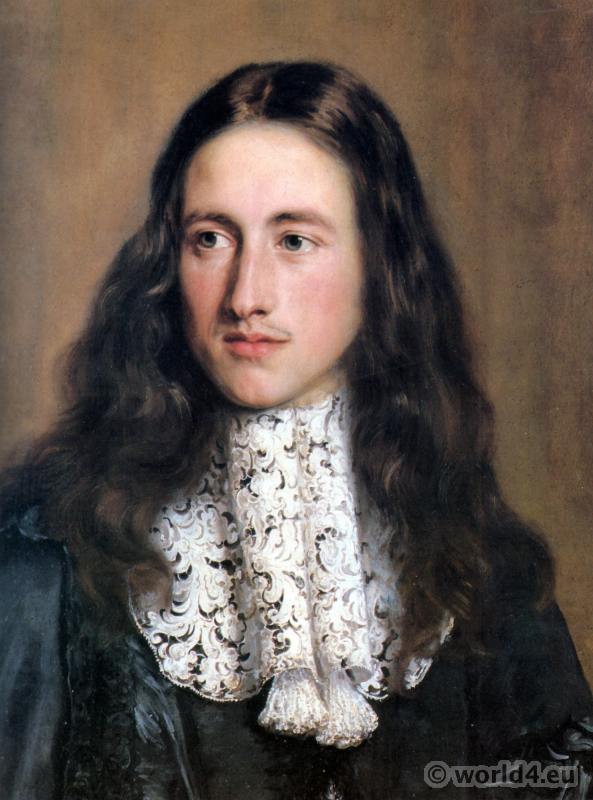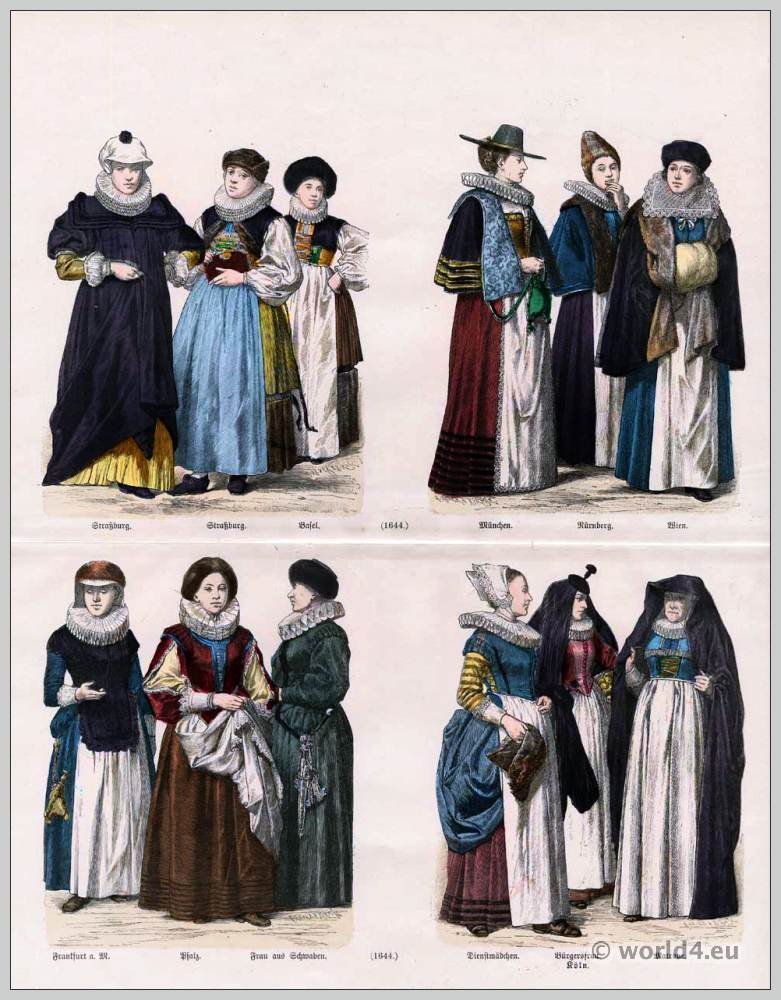Chronology.
- Union of Scotland and England through James VI of Scotland, who became James I of England and Ireland, 1603.
- French settlement in Acadia, Nova Scotia, 1604.
- First permanent settlement by the English, in North America, at Jamestown, Virginia, 1607.
- Mention of table forks for first time in Italy, 1608.
- Holland became independent, 1609.
- Hudson Bay explored by Henry Hudson, 1610-11.
- Completion of the translation of the King James version of the Bible in 1611, after seven years’ work by scholars.
- Thirty Years’ War that involved most of the nations of Continental Europe, 1618-48.
- First African slaves at Jamestown, Virginia, 1619.
- Arrival of Pilgrims of Mayflower at Cape Cod, 1620.
- Settlement of Plymouth, Massachusetts, 1620.
- First weekly newspaper in England, 1622.
- Settlement of Maine, 1625.
- French settlements in West Indies, 1625-64.
- Manhattan purchased from Indians for the equivalent of $24.00 in 1626.
- Settlement named New Amsterdam.
- Maryland settled, 1634; Connecticut, 1635; Delaware, 1638.
- Founding of French Academy, by Cardinal Richelieu, 1635.
- Roger Williams organized democratic government in Providence, Rhode Island, 1635.
- Harvard College began, 1636, named Harvard University, 1639.
- First printing press in the British Colonies of North America, established in Harvard University, 1639.
- Independence of Portugal, 1640.
- Civil War in England, 1642.
With the beginning of the 17th century, there was widespread resistance to the rigid Spanish fashion. The quest for freedom and naturalness expressed itself in clothing fashion at the time of the Thirty Years’ War.
The traditional costume was given its character by the Thirty Years’ War, which also shaped fashion. High leather boots reaching over the knees, usually left in their natural colour, with teeth or laces at the edges and large spurs on wide leather, often covering the whole foot, were decisive.
In addition came the floppy hat, a soft felt hat with a wide brim in the front, on the side, at the back or in two places beaten up brim and decorated with one or more feathers, a skirt now reaching further down, over it in the form of the latter same collar made of leather, a broad lace collar covering the shoulders, as well as a sword worn on a broad Vandelier.
This costume was a bit degenerate for the ducks; especially the high boots were turned over at the forend above or below the knee (boots with cuff boots), so that the trousers were visible, or the boots were pushed down so far.
During the war, these clothes were worn not only by mercenaries and soldiers in Germany, but also by the educated men. In England and the Netherlands, the new fashion was also gradually gaining acceptance, although in a refined form.
During these decades, the women wore a wrinkled dress with smooth, narrow sleeves, a small bodice with hanging sleeves, lace cuffs on the dress, a collar or lace collar, a feather adorned felt hat with folded brim.
In the time of Louis XIV France gained dominance in Europe after the Thirty Years’ War from around 1670. It became a leader in science and art, and the Versailles court also set the tone for almost all countries in custom and fashion.
In the beginning, women were dominated by puffy skirts, loose shoulders, wide sleeves and fluttering curls. Men wore a wrinkled skirt with a cape over an open doublet, while the leg dresses took on the shape of the skirt trousers, the so-called Rhinegrave trousers.
In the following years fashion became increasingly pathetic. The main feature of this development was the powerful allonge wig of the men. The clothing also became increasingly stiffer.
The men now wore a knee-length, in the waist close fitting, mostly collarless skirt (Justaucorps) with wide cuffs and patted side pockets; in addition, the bound scarf with short ends, the trousers tied underneath the knee joint, the triple-opened, spring-loaded hat, as well as the shoes with a tapering heel, buckle and flap at the bottom.
The elegant lady wore the Manteau, an upper dress that swarmed at the back and fell down as a train. For example, heavy gold and silver brocades became fashionable fabrics. Deep necklines let the waist slide down. In order to keep the décolleté free, the hairstyle, held by ribbons, in contrast, aspired upwards. This so-called Fontange was the female counterpart to the allon wig of the gentlemen. It was attributed to the Duchess of Fontanges, a mistress of Louis XIV, and remained so until the beginning of the 18th century.
Dress (XVII Century).
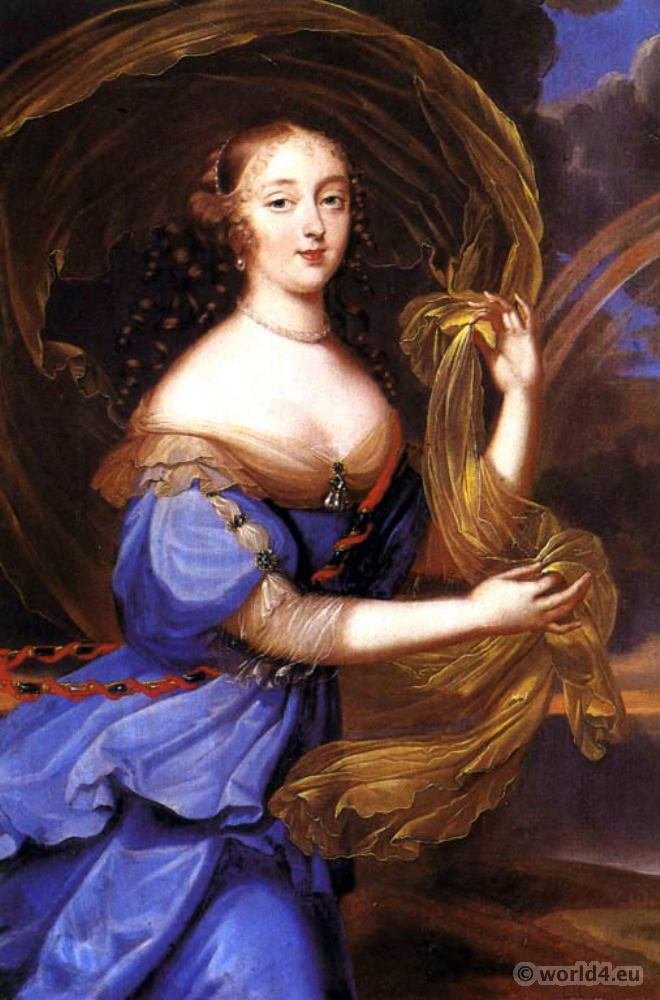


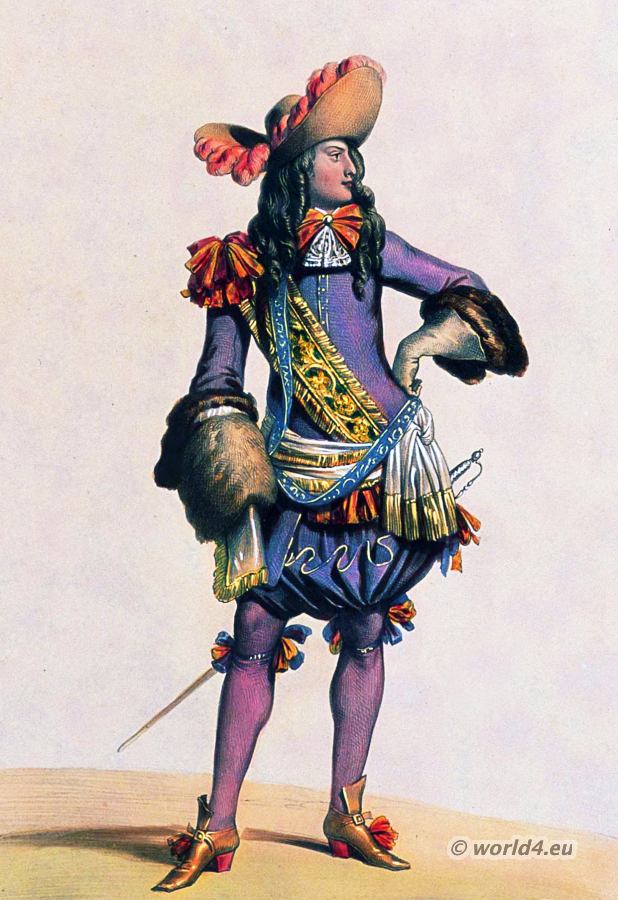

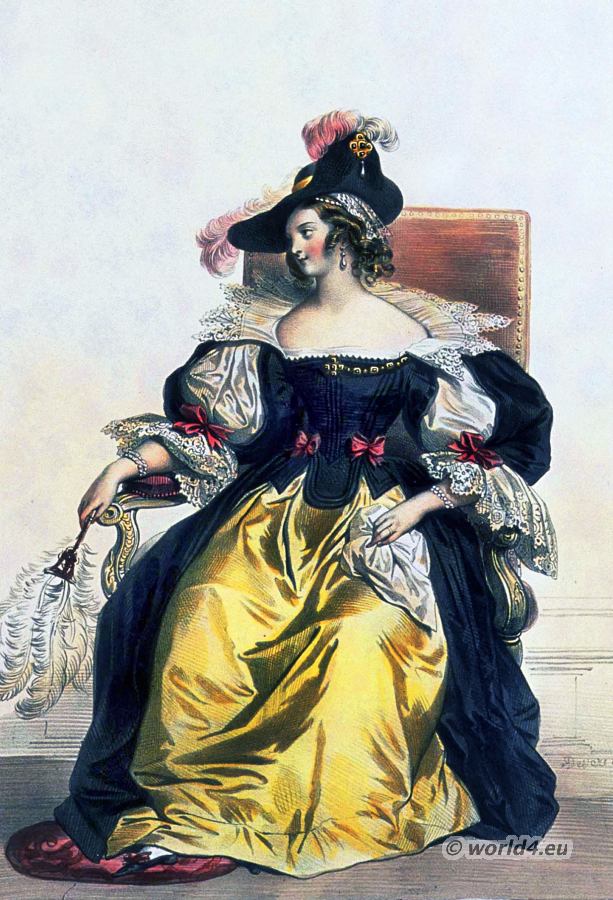
The heaviness of the sixteenth century gave way by degrees to the more picturesque costume of the seventeenth century.
Men’s trousers lengthened and they shortened the waistline and added peplum, and, like the women, used lace and ribbon profusely. They wore musketeer boots. Their hats were high with a flat brim and decorated with flowing plumes. The hair was worn long. For an outer garment the cape was used.
Men’s costumes in the last quarter of this century changed greatly. The doublet now turned into a waistcoat or vest and a new garment or outer coat was added. Sleeves had deep cuffs. The stock collar and jabot took the place of round collars. The chemise showed at the wrist, and under the jabot. The trousers were close-fitting and less decorated. They wore large muffs and wigs and a hat with turned up brim and flat plumes.
Women abandoned the hoop, and wore a round length under-petticoat and an overskirt which was often trailing. The fullness was at the sides and back. Often the skirt opened in front. When this was done, a narrow panel of the same kind of material as the petticoat was used up the front of the bodice. The round neck line was used most at this period and the large, flat collar generally replaced the ruff.
In some instances the waistline was raised and a short slashed peplum added. The woman often wore a string of pearls at the neck. Notice the simple way their hair was worn.
In the latter part of the period, under Louis XIV, the skirt was looped up, the waist became longer, heels grew higher, waists grew tighter and fans were a necessity.
Two kinds of neck lines were now popular: The straight line decolletée, close to the neck, which seemed an extension of the panel front used with short sleeves: and the round neck line, which was off the shoulders. A shorter, fluffier sleeve was used with the round neck line. Both these are forerunners of the eighteenth century.
The fontange, or frelange headdress came in the late part of this century and clothes became very formal under the sway of Mme. de Maintenon. Large brocades that looked like furniture covering were much used in the latter part of the reign of Louis XIV, and the material was draped so that a bustle effect was obtained. The women carried small, round muffs.
Timeline
1649-1653 Interregnum.
1653-1658 Oliver Cromwell, Protector of England, m. Elizabeth, d. of Sir Thomas Bourchier.
1658-1660 Richard Cromwell, Protector of Eng., m. Dorothy Mayor.
1660-1685 Charles II, King of England, m, Catharine of Braganza.
1685-1688 James II, King of England, m. 1st, Anna Hyde; m. 2d, Mary, d. of, Alfonso IV, D. of Modena.
1689-1702 William III and Mary, King and Queen of England.
1610-1643 Louis XIII, King of France. m. Anna of Austria.
1643-1715 Louis XIV, King of France, m. Marie Therese of Spain.
Favorites Mlle. de la Valliere, Mme. de Montespan, Mlle. Fontanges, Mme. Maintenon.
Continuing

